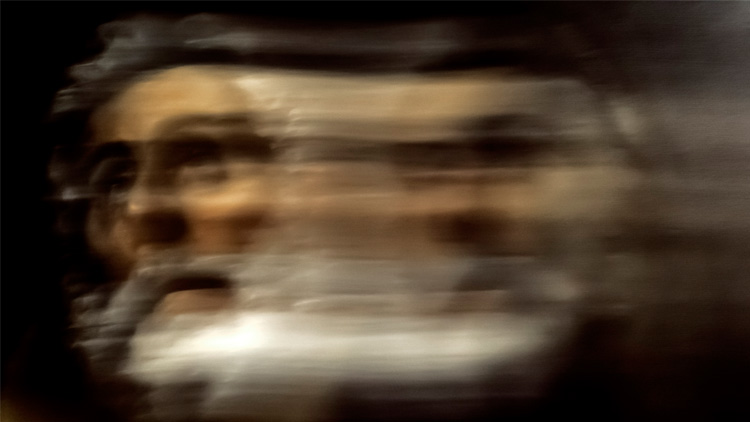The Phillips celebrates the fifth anniversary of its Intersections contemporary art series with Intersections@5, an exhibition comprising work by 20 of the participating artists. In this blog series, each artist writes about his or her work on view.

A. Balasubramaniam, Hold Nothing, 2012. Cast from artist’s body, fiberglass and acrylic, 42 x 24 x 7 in. Purchase, The Dreier Fund for Acquisitions, 2014
Hold Nothing is an effort to bring form to the formless—to realize the potential of the unseen. It is a cast from my own hands, the distance between the two edges of the work the actual distance from my body’s left and right outstretched arms. Skin, the outer layer of the body, is also revealed as an edge where the individual self ends and everything else begins. In this work, the inside (of my hands) becomes the outside (of the work). Our respect and awareness for material reality is often more than that for the non-material or the non-visible; we usually think of “nothing” as negative. I am attempting here to show that even nothing is something—even nothing has its own unique form. The result is Hold Nothing.
A. Balasubramaniam


